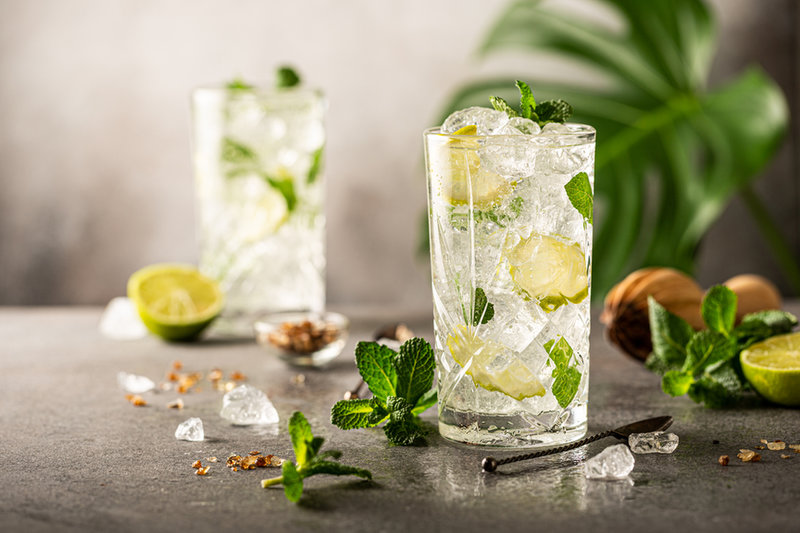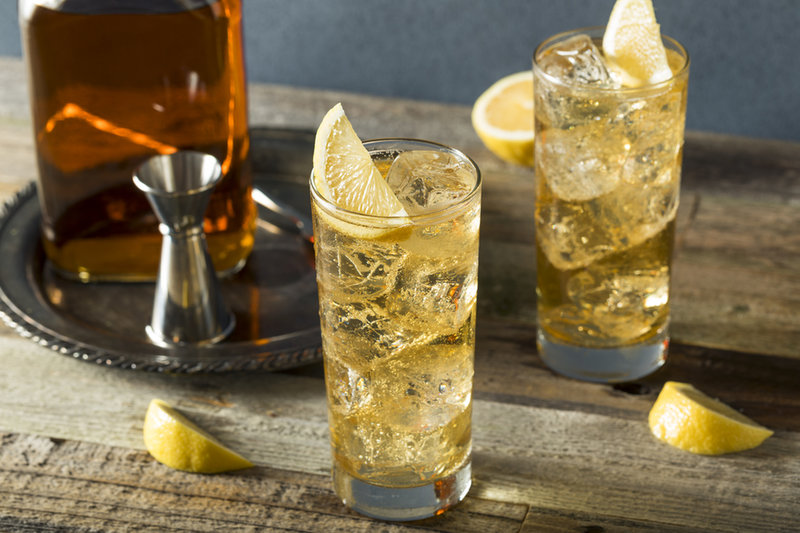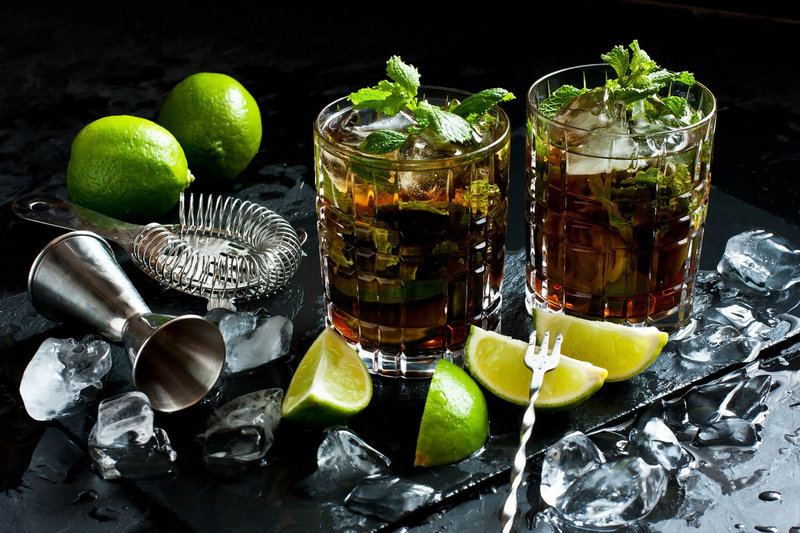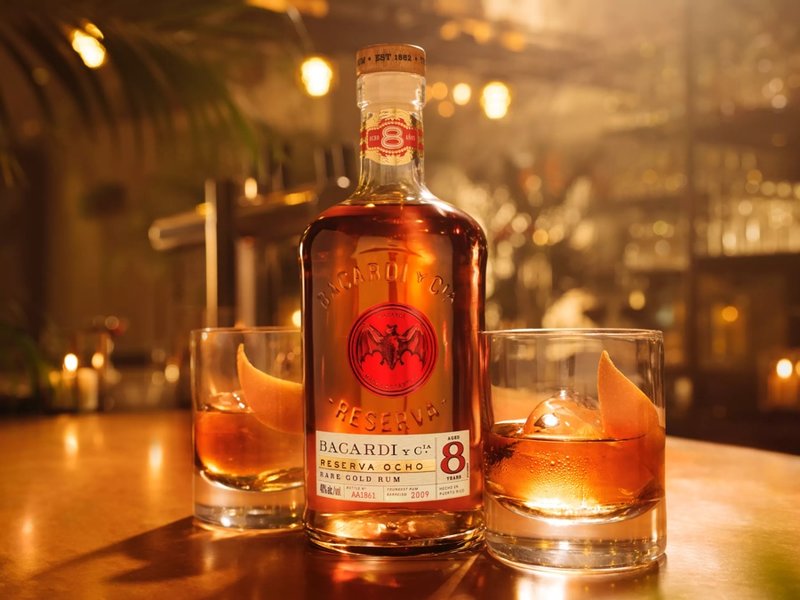It’s almost impossible to talk about rum and not associate it with pirates, the British navy and the West Indies. There is more to this versatile spirit than the clichéd associations though and consumers the world over are appreciating the spirit more.
CHEERS | SPIRITS


The Rise
of Rum
Rum has been touted as “the next big thing” ever since the gin renaissance began more than a decade ago. But has it really taken off? In certain markets this is definitely the case as the latest figures indicate.
Influential trade magazine, the Drinks Business reported in November 2022 that sales of rum now top £1 billion (R21 billion) a year in the United Kingdom alone. Citing figures from 2018 and 2019, spirits writer Leah van Deventer noted in her article in CHEERS magazine two years ago that South African rum sales were worth R1.17 billion. Despite this being a tidy sum of money, rum still only accounted for just over four percent of the total South African spirits market, so it’s still dwarfed by its whisky, vodka and brandy compatriots.
The thing about rum is that it’s not unique. Most drinkers can wrap their heads around the fact that Tequila comes from a small, geographically defined region in Mexico and anything else made in the same way is mezcal, or that Cognac is from the Cognac region in France, anything else is brandy. Similarly, whisky is Scottish without the “e” and Irish or American with it and Tennessee whiskey is from Tennessee. But rum? Rum is produced in something like 80 countries worldwide!
Generally, rum is prepared from the by-product of the sugar refining process – with molasses, the dark, thick, treacly syrup which is used. The black goopy substance contains a large portion of fermentable sugars and because it was easily stored and stable that allowed it to be shipped to other countries. Which explains why in the 1700s it was shipped to America, France and elsewhere for fermentation and distillation. Rum was the main drink of choice when America was still a British colony. (And as a side note, the molasses tax imposed on America by Britain was one of the main reasons behind the War of Independence which then saw the colony throw off the shackles of British oppression.)
Where there is a ready supply of fresh sugarcane that can be crushed and the raw juice immediately fermented and then distilled, it’s possible to make Rhum agricole. The only type of rum which is protected by origin – like Tequila – is Martinique Rhum Agricole. Legislation states that can only be from the Caribbean island of Martinique and must be made strictly from freshly pressed sugarcane juice. What differentiates it from others is that it’s also distilled to about 70% alcohol, somewhat lower than most other molasses-based rums. Fans and experts agree that this allows the rhum to express more of the original cane juice flavour.
There is so much more to rum than the dark or spiced versions that are so often simply mixed with cola. To cover the basics, here’s a primer on the different kinds of rum that are found on retail shelves worldwide.

Firstly, there’s white rum, the clear, uncoloured spirit which is popular in cocktails such as the mojito, cuba libre, daiquiri or piña colada. It’s usually milder in taste and lighter bodied than dark rums but they’re generally aged for a minimum of a year, sometimes more and are then filtered to remove any colour. Good examples available locally include Havana Club and Bacardi.

Then there is the gold or pale rum. Because rum is aged and mellowed in barrel, over the years it takes on a slight golden colour. These rums tend to be more richly flavoured than clear rums. Because of the type of barrels used in their maturation – often old Bourbon casks – these rums can take on vanilla and caramel flavours which remain in the oak. Locally, Mount Gay, Pyrat or Appleton are good examples of this style.

Dark or black rums are only designated as such to distinguish them from the clear or gold styles – and that’s purely because they’re aged in barrel longer – or spend time in more heavily toasted or charred oak casks. Richer and more full bodied, these rums show more of their molasses origins since rum is distilled either from pure sugarcane juice or the thick, syrupy by product of the sugar making process – molasses.

Navy rum is a style of spirit which harks back to the origins of the growth of both rum and trade. When the British Empire was in its prime and its navy dominated the world’s oceans, its sailors were issued with a daily ration of rum. Rum withstood the tribulations of months at sea better than brandy and beer, and often used to benefit from the months and years in barrel. Pusser’s Navy rum is the obvious example of this style.

As the name implies, vintage or premium aged rum is either from a specific year (vintage) or is a premium product, often individually pot-still or batch distilled, that has been carefully matured because it’s special. The age statement rums, such as Bacardi 8, Appleton Extra or Mount Gay Extra Old are premium products with price tags to match but these are sipping rums which impress with their complexity and nuance.